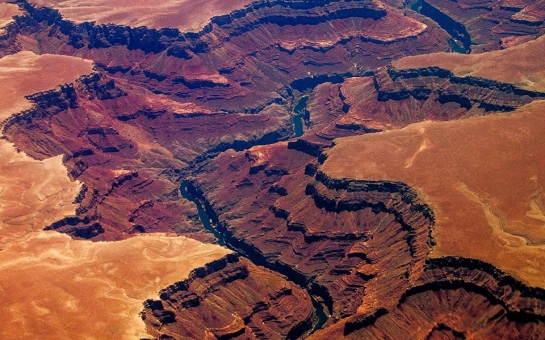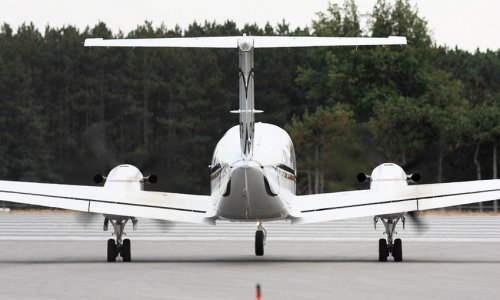Officials have expressed mounting alarm at two development projects, both in the late planning stages, which park superintendent Dave Uberuaga recently described to the Los Angeles Times as “serious threats” to the future of the Grand Canyon National Park. “When you have that size and scope of potential development that close to the park, it will impact our visitor experience,” he said.The more visible construction, known as the Grand Canyon Escalade, would be a 420-acre hotel, restaurant and retail complex on Navajo Indian land neighbouring the park, with a cable-car gondola carrying visitors to a raised walkway and café at the canyon floor, where the Colorado and Little Colorado rivers meet.R Lamar Whitmer of developers Confluence Partners insisted the Escalade, which he hopes will open in May 2018, would cause “a minimal intrusion” on the vista. But Dave Nimkin of the National Parks Conservation Association called the plans “an unmitigated disaster”. He said: “Garish commercial development is entirely out of character with what a national park of the scale of the Grand Canyon is all about.”A major development is also being planned to expand the tiny, Canyon-adjacent town of Tusayan by 2,200 homes and three million square feet of commercial space, quadrupling the community’s water consumption as the US Southwest struggles through its worst drought on record. Martha Hahn, the park’s chief of resource management, said the Stilo Development Group’s proposals could have a catastrophic effect on delicate local ecosystems.“The groundwater they have drilled and used is already having an effect on the springs and seeps which hold about 80 per cent of the life of the Canyon. This is a resource that’s small, and there’s already a lot of demand on it,” she said.Tusayan sits on the Canyon’s southern rim, and gets its water via an elderly, 13-mile pipeline from the north rim. Though the pipeline is prone to failures, replacing it would reportedly cost up to $150m (£88m) – more than double the annual construction budget for the entire US National Park Service.The Grand Canyon attracts five million visitors per year to what is described as one of the seven wonders of the natural world. Only a small proportion travel to the bottom, by river, by mule or on foot. Mr Whitmer said the gondola would offer many more a chance to see the view from the floor up.Ms Hahn, however, said the National Park had not been consulted on the plans, and a legal dispute is expected over the location of the riverside walkway. The Navajo claim the right to any property above the high-water mark of the rivers, but park officials say public land stretches a quarter of a mile from their banks, forbidding construction any closer to the water.The project cannot go ahead without the support of Navajo tribal leaders, and the plans include a Navaho discovery centre to teach visitors about the tribe’s history and culture.Mr Whitmer said the development would generate much-needed economic opportunities.“It’s an area that has 70 per cent unemployment,” he said. “The teenage suicide rate is four to five times the national average. It’s one of the poorest areas in the Western US. So they’re looking forward to being able to tell their story, share the Canyon with dignity and have employment.”Yet some tribal representatives are unhappy with the project, saying the confluence of the two rivers is a sacred site, representing a meeting of male and female, and thus the very beginnings of life.Members of the nearby Hopi tribe have also voiced dismay. Leigh Kuwanwisiwma, director of the Hopi Cultural Preservation Office, told Indian Country Today: “The solace and relationship with the environment as you’re doing these religious ceremonies requires a lot of emotional wellbeing to feel good about it. I feel that that is what is going to be taken away.”(independent.co.uk)Bakudaily.az
One of the natural wonders of the world is under threat
World
16:00 | 11.07.2014

One of the natural wonders of the world is under threat
It is one of the most spectacular landscapes on Earth, unchanged by any force but nature for millions of years. But now the celebrated view across the Grand Canyon is in danger of being interrupted by a man-made aberration.
Follow us !










